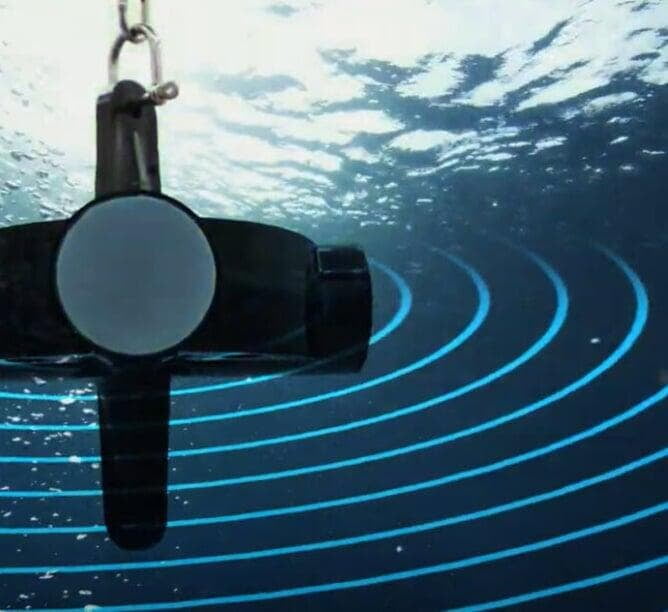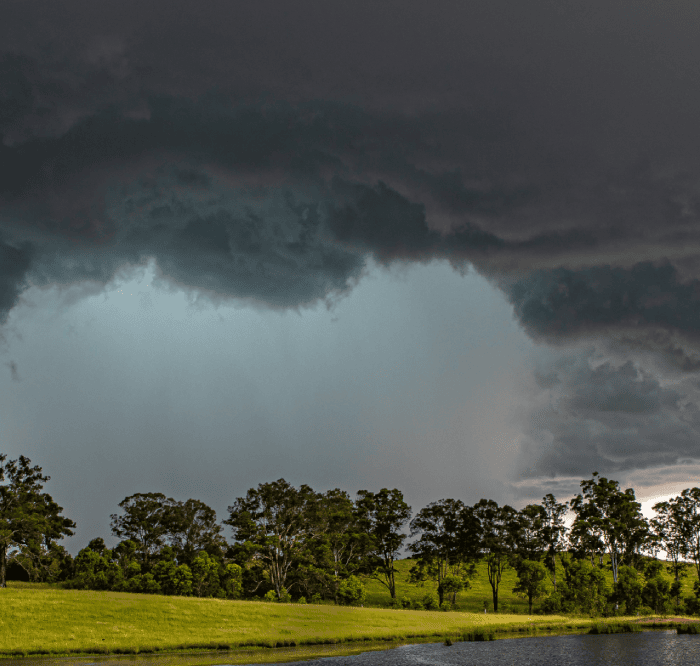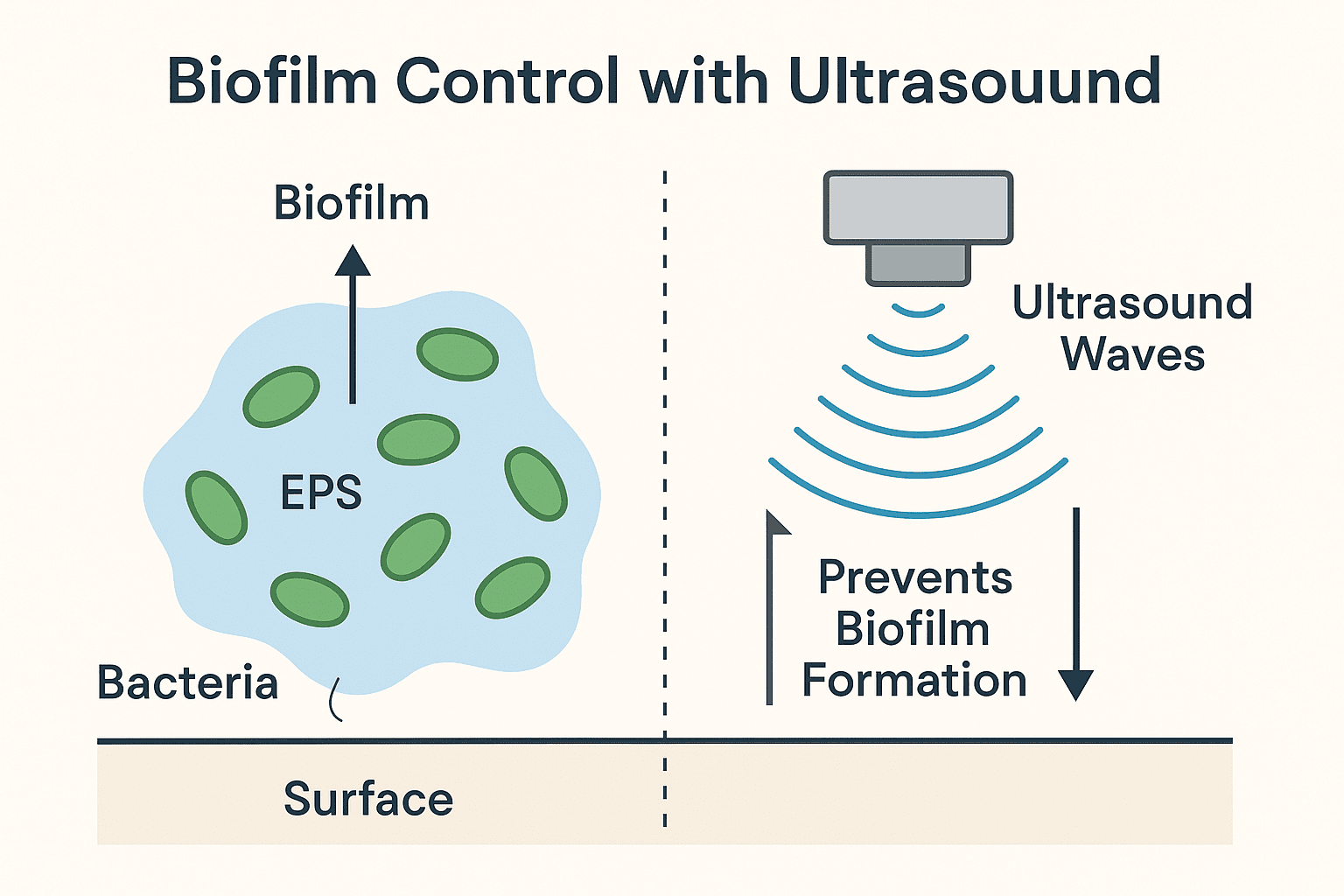
What Is Biofilm?
Biofilm is a slimy layer formed by microorganisms (like bacteria and algae) on surfaces in water—such as pipes, rocks, plants, or even inside human-made structures. This biofilm is held together by a sticky, glue-like substance called EPS (Extracellular Polymeric Substances), which microorganisms secrete to protect themselves and anchor to surfaces.
EPS is made up of:
Polysaccharides – the main structural component
Proteins – including enzymes
eDNA (extracellular DNA) – helps with adhesion and gene transfer
Lipids – assist with water-repelling interactions
Why Is Biofilm Important?
Biofilm isn’t just slime—it's a survival mechanism for microbes. It:
Holds microbial cells together for strength and structure
Helps microbes stick to surfaces
Shields bacteria from threats like antibiotics, disinfectants, and oxygen
Traps nutrients and stores enzymes
Enables cell-to-cell communication (called quorum sensing)
In water environments, biofilm can affect both plant health and infrastructure. In industrial systems, it causes fouling and resistance to treatment. In aquatic ecosystems, it plays a key role in nutrient cycling.
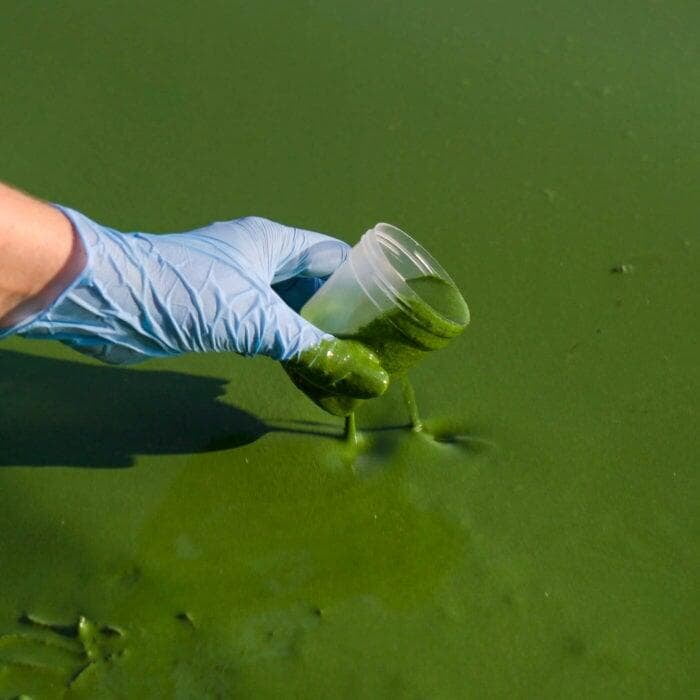
How Ultrasound Disrupts Biofilm Formation
Our ultrasonic technology works in a unique and non-destructive way to prevent biofilm from forming. Here's how:
Observation since 2007: It was discovered that biofilm doesn't form near ultrasonic algae control transducers—even though these devices do not cause cavitation (the formation of bubbles or shockwaves). This was surprising, so we investigated why.
The discovery: Research in medical journals revealed that bacterial adhesion to surfaces can be disrupted by water turbulence. But since our devices don’t create actual turbulence, we looked deeper.
- The answer lies in bacterial sensing:Anaerobic bacteria (those that can't survive with oxygen) use tiny hair-like structures called pili to detect vibration. These vibrations help them decide whether to settle and start forming biofilm. If they sense movement or “chaos” in the water (like turbulence or vibration), they won’t attempt to adhere and form colonies.Our ultrasonic signal mimics this "chaotic" environment, sending vibration cues that essentially tell bacteria:“This is not a safe place to settle.”
The result: Without anaerobic bacteria laying the groundwork, biofilm can’t begin. And since anaerobes often trigger quorum sensing that brings in other bacteria (like aerobes), preventing that first step shuts down the entire biofilm development process.
Effective range: Based on field experience and testing, our Pulsar ultrasonic system prevents biofilm formation within approximately 60 meters from the signal source.
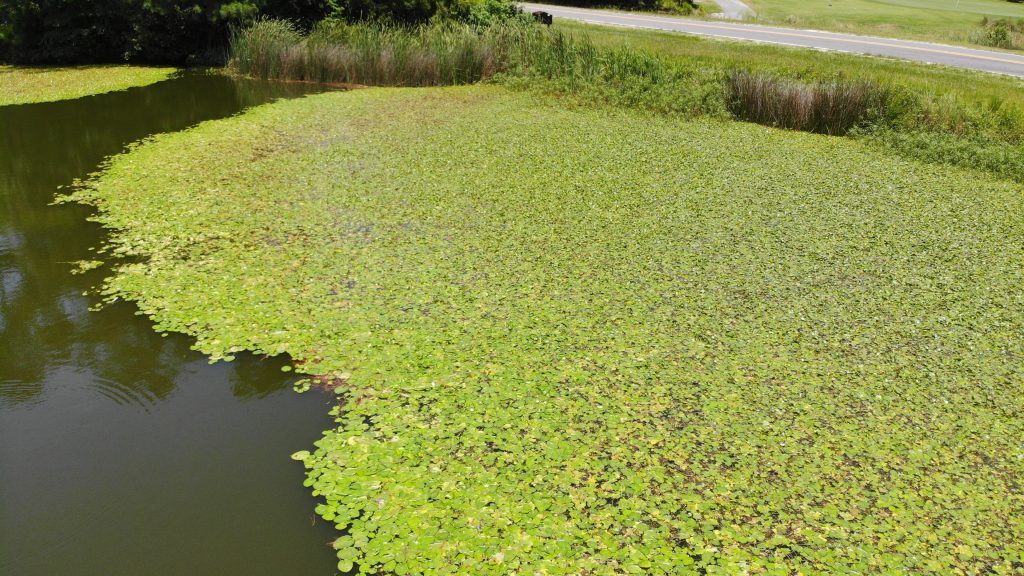
Environmental Impacts & Plant Health
In nature, some aquatic plants rely on biofilm for nutrient conversion—especially for converting Nitrates to Ammonium, which most plants prefer. When ultrasound prevents biofilm from forming on these plants, they may struggle to access Ammonium and can die off.
This effect has been observed in species such as:
Water Hyacinth
Hydrilla
Southern Naiad
Potamogeton pusillus
Widgeon Grass
European Watermilfoil
Our ultrasound solution can help manage and control invasive aquatic plants by disrupting their biofilm-based nutrient systems. In some cases, we also use beneficial bacteria strains (like Bacillus and Pseudomonas) that help break down EPS and compete with harmful biofilm-forming microbes.
Read More Articles
Find out more information on algae control

